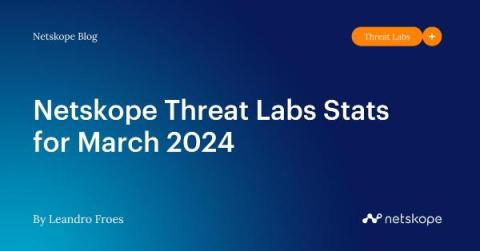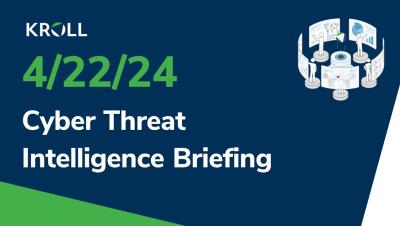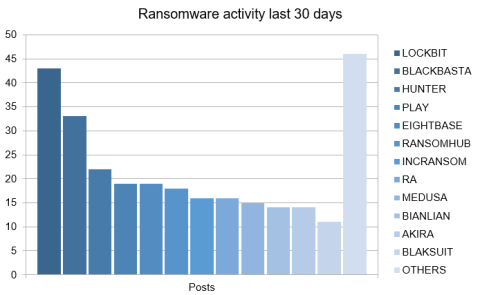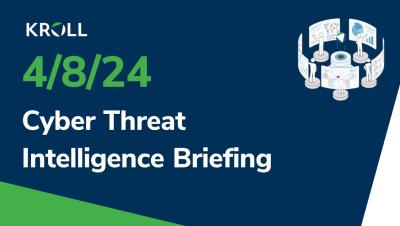Netskope Threat Labs Stats for March 2024
Netskope Threat Labs publishes a monthly summary blog post of the top threats we track on the Netskope platform. This post aims to provide strategic, actionable intelligence on active threats against enterprise users worldwide.











